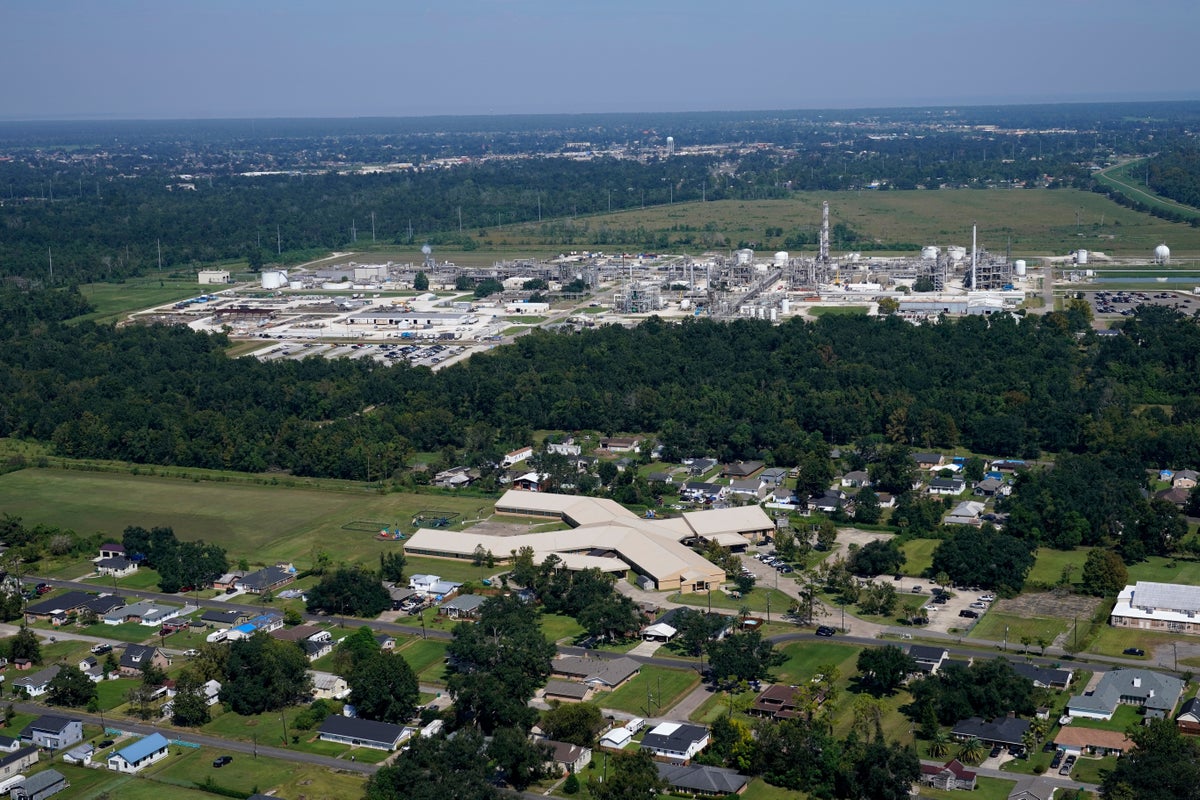Home / Environment / Coastal Hazmat Sites Threaten US Shores by 2100
Coastal Hazmat Sites Threaten US Shores by 2100
20 Nov
Summary
- Thousands of US hazardous sites face inundation from sea level rise.
- Vulnerable communities, often marginalized, bear the disproportionate health risks.
- Reducing emissions now can safeguard hundreds of sites from future flooding.

A new study reveals that by 2100, an estimated 5,500 hazardous sites in the U.S. storing sewage, trash, oil, and other dangerous materials face inundation due to rising sea levels. Many of these sites are projected to be at risk much sooner, potentially by 2050, with a substantial portion of the threat already unavoidable. The health consequences for nearby communities, especially marginalized groups, are a major concern.
Researchers emphasize that communities of color and low-income populations are disproportionately affected by the potential flooding of these hazardous sites. Exposure to bacteria like E. coli, heavy metals, and chemicals can lead to severe health issues, from gastrointestinal distress to long-term organ damage and even cancer. These risks highlight the urgent need for proactive measures.
While the situation is serious, the study suggests that even moderate reductions in planet-warming emissions could avert flooding at approximately 300 sites by the century's end. Experts stress the importance of significant investment in hazard mitigation and resilience planning by federal, state, and local governments to address these escalating climate-related threats.


